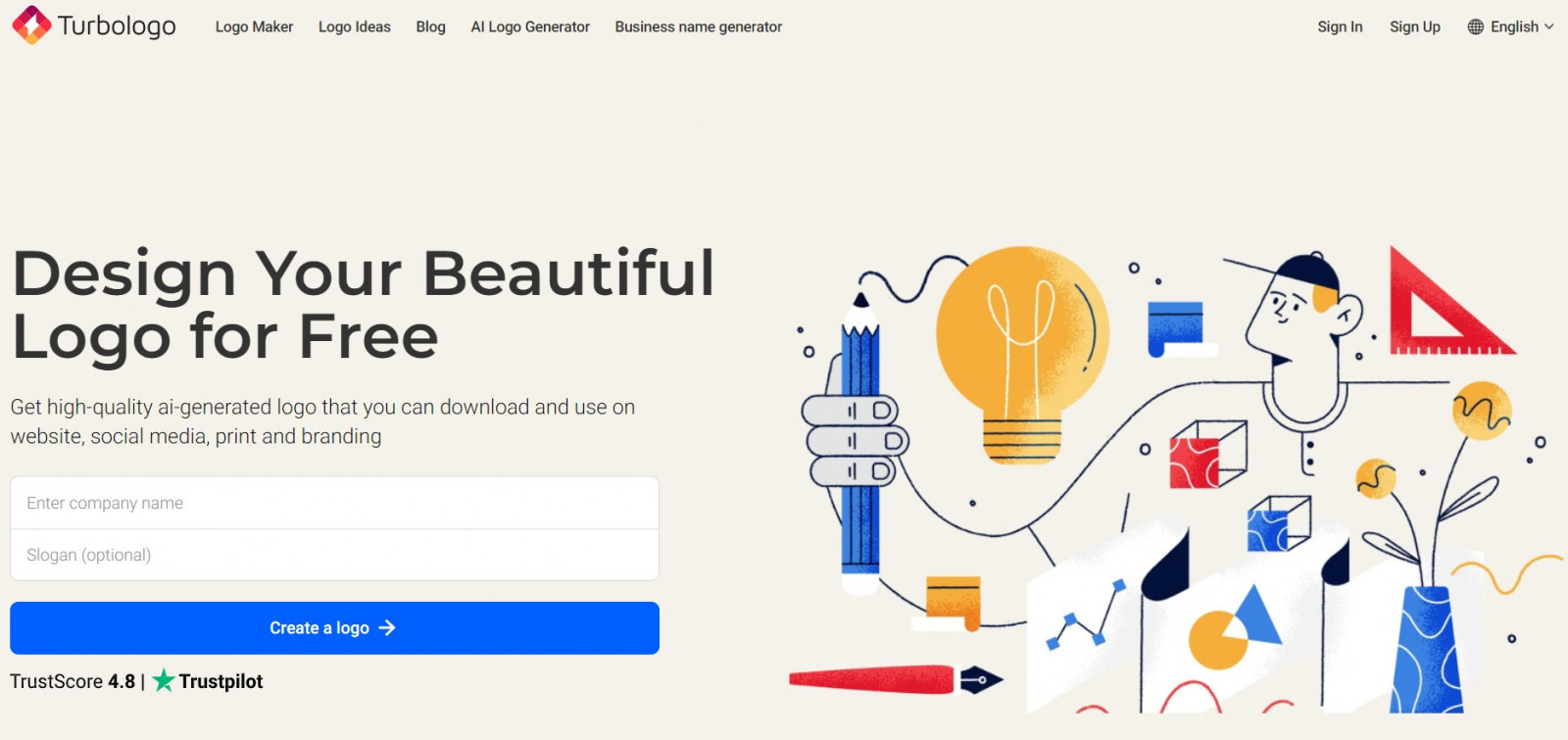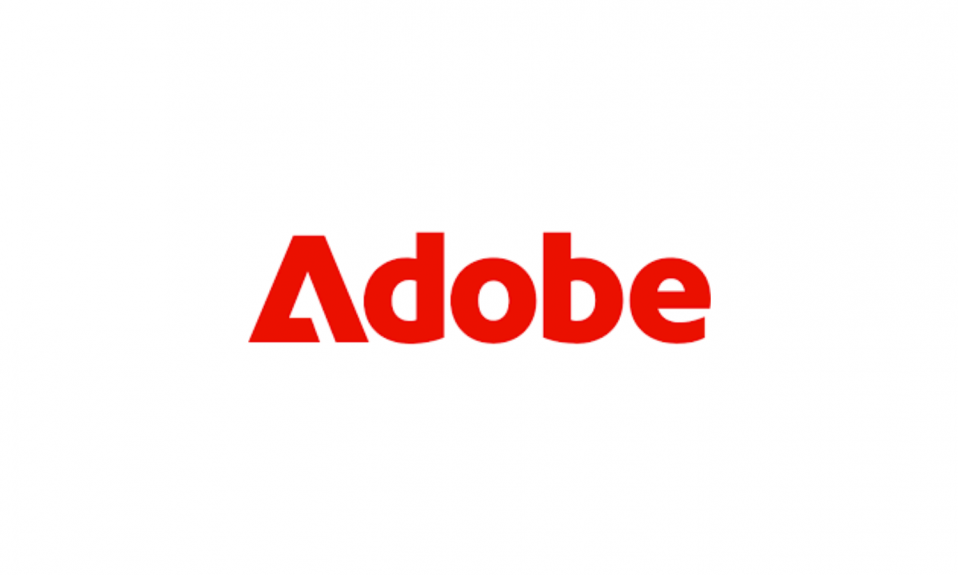A logo’s mission is to reflect a brand’s visual identity in a clear and concise manner. However, the fact that logos rely on visual communication does not guarantee that any language can accurately interpret the brand message they convey. A diverse audience may understand a logo with the help of cross-cultural design. We’ll examine the essentials that will make your logo inclusive in a diverse world in the article.
Table of Contents
Explore cultural nuances
Before you start developing a logo, ensure you fully understand your target audience’s cultural background. Take into account the following features:
- Signs and their interpretation. In many cultures, the same symbols can denote different things. For instance, a circle may represent emptiness or barrenness in certain cultures, while symbolizing harmony and solidarity in others. Be mindful to avoid cultural appropriation by understanding and respecting these diverse meanings.
- Colors. Depending on the cultural sensitivity understanding, different colors might evoke distinct feelings. For example, the color red might represent wrath or danger in some Western cultures, but it is also connected to good fortune and pleasure in China.
- Fonts and language. Ensure that the logo’s typefaces and linguistic components are readable and don’t evoke any unfavorable emotions across different races.
Test your logo in diverse range of cultural contexts
After creating several logo options, test them across different cultural contexts. After all, there is no substitute for direct communication with representatives of a particular culture. This can be done through focus groups, online surveys, or interviews with representatives of the target customers. Pay attention to their reactions and comments, and make changes to the design if necessary.
When collecting and analyzing feedback, be aware of cultural psychology and the fact that communication can vary significantly between communities: for example, the style of communication adopted can influence how direct criticism will be.
Using stereotypes and clichés can harm your brand perception and cause backlash.
Try to avoid simplistic and superficial depictions of sexual orientation that may offend diverse audiences or diminish the virtues of a particular group.
Finally, working with designers from the right culture may be the most effective option, since they have first-hand knowledge of which solutions will resonate and which will not. Luckily, the global design services marketplace allows clients to connect and consult with designers from all over the world.
The Importance of Cultural Symbols

When we talk about symbolism, we are addressing non-inclusive imagery—images that are used in a logo. This is where the metaphorical expression of a brand’s identity through iconography comes into play, or conceptual design.
Since symbols are closely associated with history, literature and religion, their meaning inevitably follows from internal cultural ideas. This applies to both specific (such as the cross representing first aid, a reference to Christian salvation) and general symbols (such as the character traits we associate with various animals).
A good way to avoid irrelevant symbols is to use abstract logos, as well as logos without graphic parts (such as word marks). It is even more important to ensure that the symbol or image does not convey anything offensive. A symbol, like a name, must correspond to the underlying idea, even if its meaning is not immediately obvious.
Tagline issues
A tagline or slogan is a supporting phrase that provides additional information about a brand and its activities, usually in a compelling and memorable way. Since the tagline is much less important than the brand name, it can be freely changed for different audiences. And since it needs to be memorable, it is important that the phrase matches the cultural characteristics of the market.
Of course, you’ll want to avoid awkwardness, as happened when the popular slogan “Got Milk?” (got milk?) by the California Milk Producers Association was translated into Spanish as “Are you breastfeeding?”
Don’t skip specific text orientation
Diverse communities have different ways of processing information. English-speaking users read from left to right, while Arabic users read from right to left. In addition, many East Asian fonts are placed vertically rather than horizontally on paper.
These patterns extend beyond text to the processing of all visual information.
With this in mind, it's important to not just flip the logo - it's important to rework all of its elements so that it looks natural in the new orientation.
Consider local cultural holidays and events
When designing a logo, consider how it will seem throughout different cultural celebrations and holidays. For instance, a logo that contrasts well with Christmas décor would not be appropriate for Chinese New Year or Diwali festivities.
Make an effort to design a logo that is easily adaptable to several cultural situations without compromising its essential characteristics. This might entail adjusting the typeface or color scheme or, if necessary, adding components unique to a particular culture.
Perceptual psychology and cultural differences
The psychology of perception plays a key role in how logos are perceived in different cultural contexts. The perception of color, shape, symbols and fonts can vary significantly depending on cultural characteristics and traditions. For example, circles and ovals may evoke a sense of harmony and community in some cultures, but be associated with emptiness and loneliness in others.
Likewise, fonts with thin, graceful lines may be perceived as elegant and stylish in Western cultures, but appear too simple and expressionless in Eastern ones. It’s important to consider this diverse group of cultural elements and conduct thorough research to understand their reception by your target audience. This will help create a logo that will not only be visually attractive, but also psychologically comfortable for representatives of different cultures.
The integration of local languages and dialects
Incorporating local languages and dialects into a logo design can greatly enhance its cultural relevance and appeal. This is especially important for brands that are looking to strengthen their presence in international markets. For example, a logo that incorporates elements of calligraphy or traditional writing systems can create positive associations and increase brand trust.
However, it is important to remember that the use of local languages and dialects requires careful consideration and consultation with native speakers to avoid errors and misunderstandings. Differences in writing and reading also need to be taken into account: hieroglyphic systems such as Chinese or Japanese require special attention to detail and aesthetics, while alphabetic systems can be more flexible in use.
The integration of local languages and dialects must be thoughtful and respectful so that the logo truly reflects the cultural background and values of the key consumers.
Use of modern technologies
Artificial intelligence and machine learning are two examples of contemporary techniques that may make the process of designing inclusive, cross-cultural logos considerably easier. With the use of these technologies, designers may produce more accurate and relevant logos based on analyzing vast volumes of data and gaining insights into cultural trends and preferences. Let’s focus on Turbologo, one of these platforms, in more detail.

Creating culturally inclusive logos in an online generator
Building a successful cross-cultural logo may be aided by the use of programs like Turbologo, which offers a variety of creation and modification options. Choosing a color scheme in Turbologo might be the first step; bear in mind the cultural connotations of each color for the diverse individuals you’re targeting. Proceed to utilize an icon library that offers the option to filter and choose icons according to specific cultural traits.
Additionally, Turbologo has a large font variety from which you may pick the best option while accounting for linguistic and cultural quirks. Furthermore, in order to guarantee adaptability and cultural awareness, you may look over and evaluate several designs on different backgrounds after the logo creation process.
How do I make a logo in Turbologo? Read our blog.
Localization in logo design is realized through the creation of several versions of it. Inclusive designs using alternative colors, orientations, and abbreviations are becoming increasingly common. In Turbologo you will get hundreds of layouts in different styles, all you have to do is choose one and customize it to suit your needs.
Don’t miss the chance to complement your marketing strategy with inclusive branding in just a few extra minutes. The platform provides a variety of marketing materials featuring the new logo, such as business cards, blanks, and email signatures, along with full commercial rights.
Summing up
Creating logos that are inclusive of cultural diversity has a significant impact in taking any company global. Be aware of cultural differences, steer clear of preconceptions, engage individuals from various backgrounds, and test the logo in various settings. This is the only way you can make a design that people all around the world will appreciate and find appealing.
I’m a product and graphic designer with 10-years background. Writing about branding, logo creation and business.









